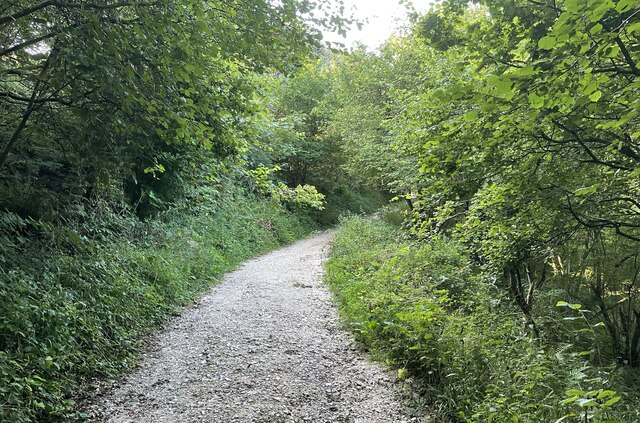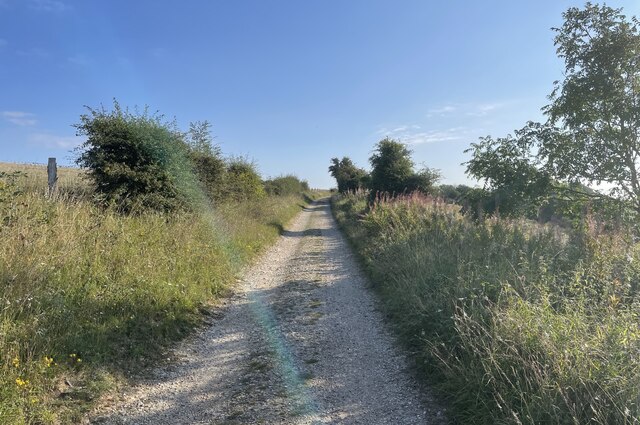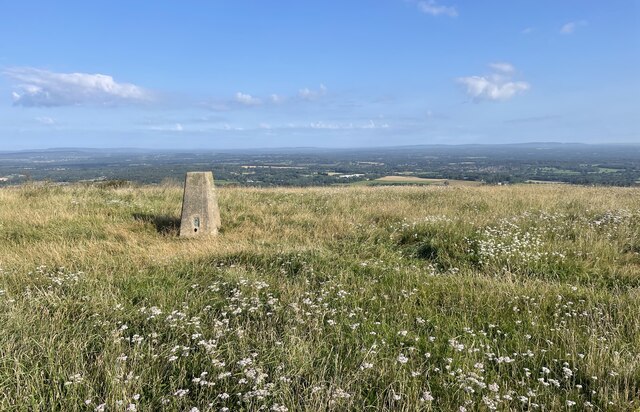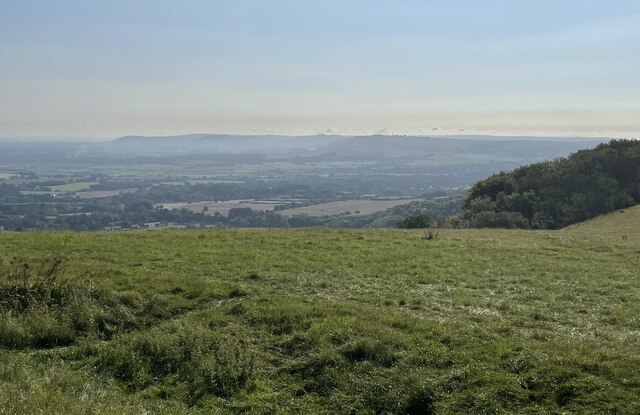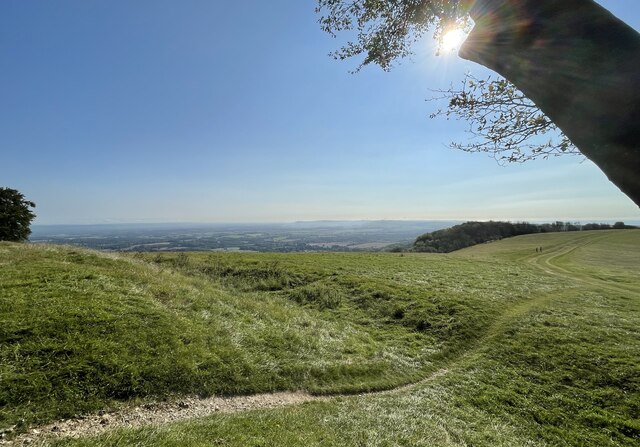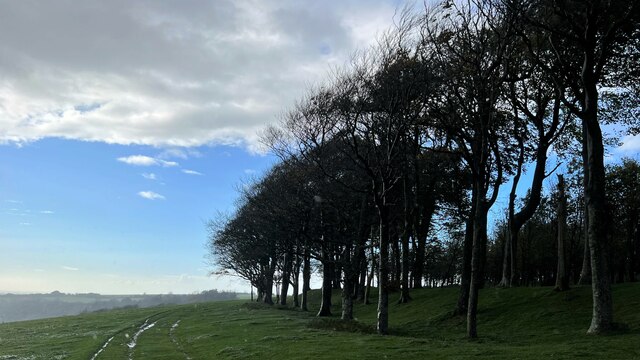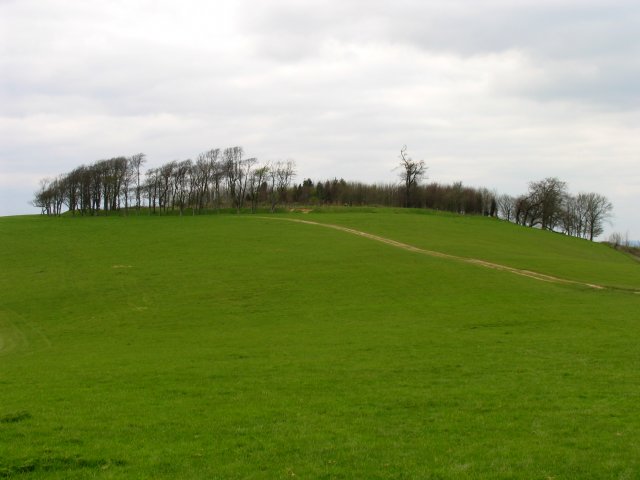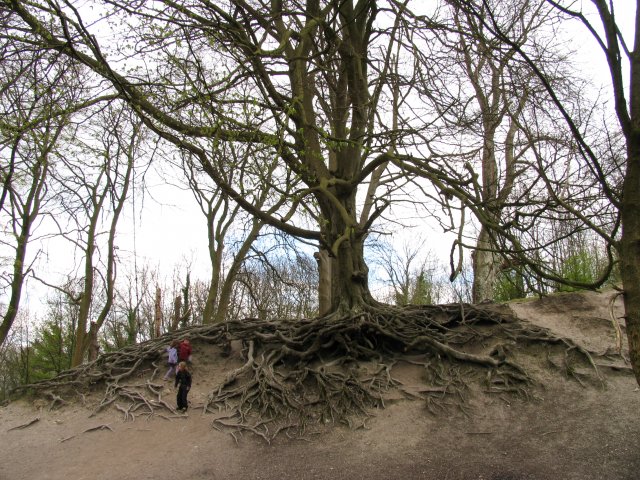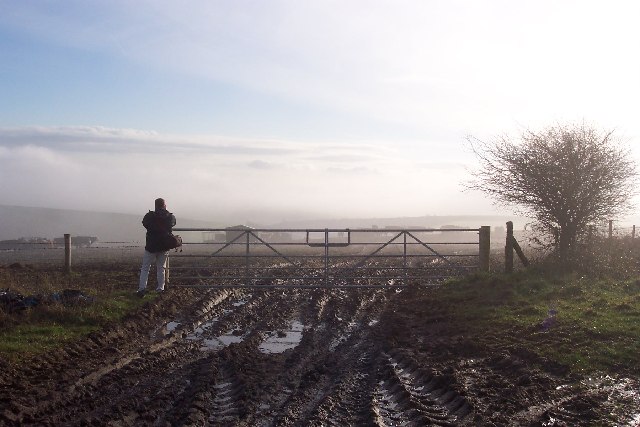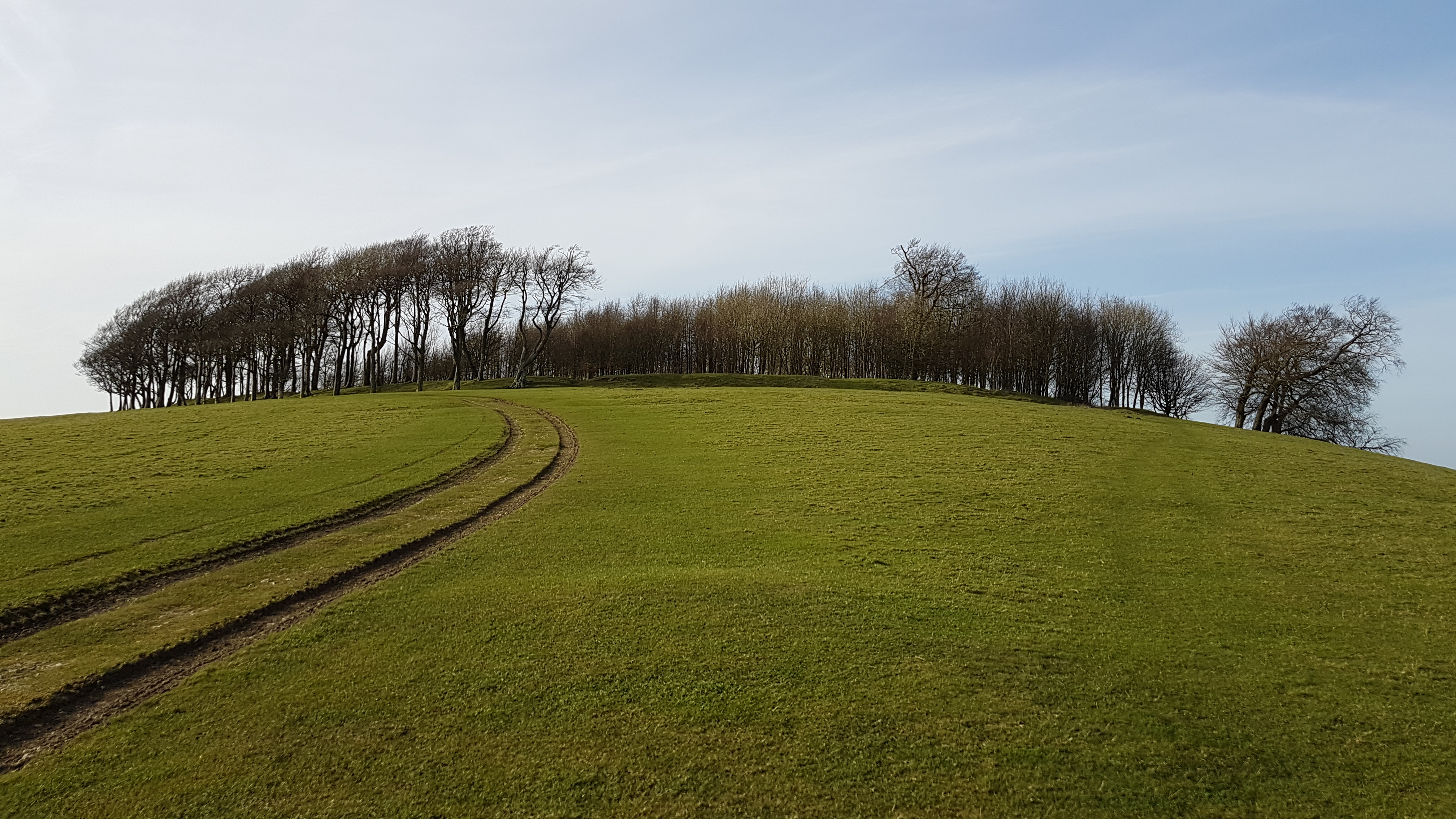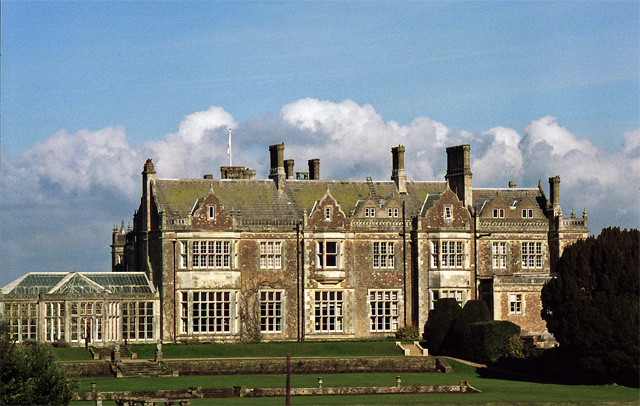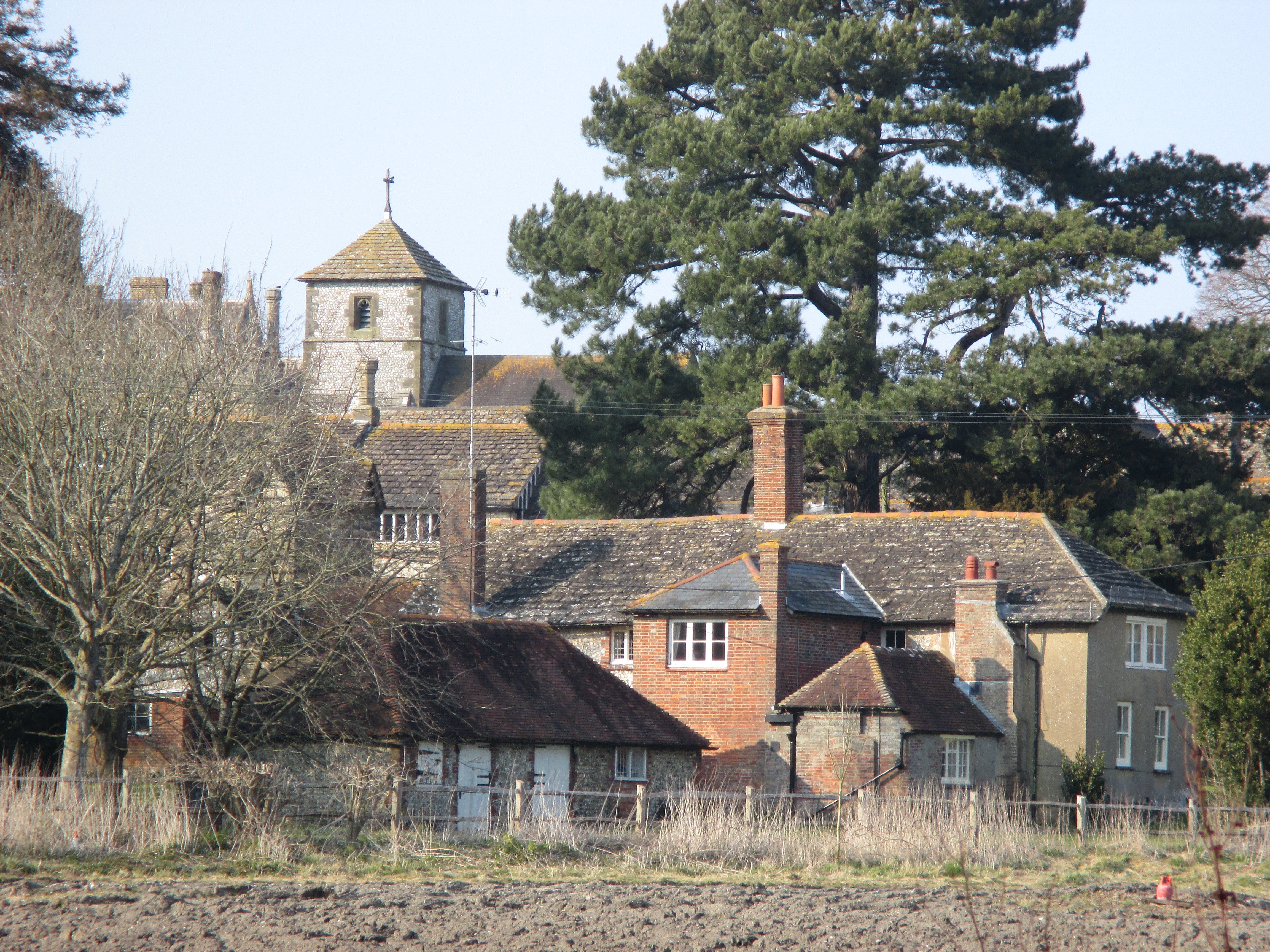Chalkpit Wood
Wood, Forest in Sussex Horsham
England
Chalkpit Wood
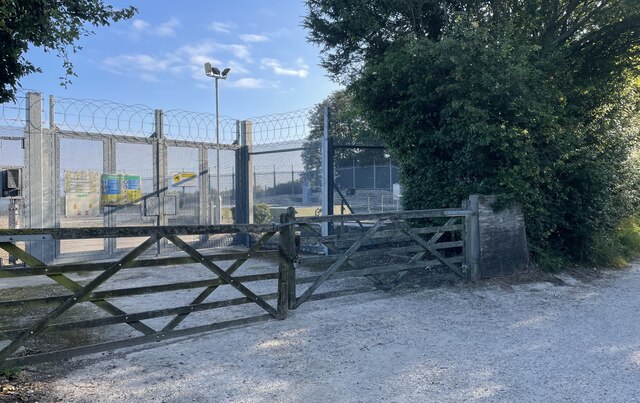
Chalkpit Wood is a picturesque woodland located in Sussex, England. It is situated in the South Downs National Park, known for its stunning landscapes and rich biodiversity. Covering an area of approximately 100 acres, Chalkpit Wood is a diverse and thriving forest that offers a tranquil and immersive experience for nature enthusiasts and visitors alike.
The woodland is predominantly composed of broadleaf trees, such as oak, beech, and birch, which create a dense canopy overhead. This provides a cool and shaded environment, perfect for leisurely walks or picnics on hot summer days. The forest floor is adorned with a carpet of bluebells in the spring, creating a breathtaking spectacle of color and fragrance.
Chalkpit Wood is also home to a diverse array of wildlife. The forest provides a habitat for various bird species, including woodpeckers, thrushes, and owls, which can be spotted and heard throughout the year. Squirrels and rabbits are commonly seen scurrying through the undergrowth, while deer occasionally graze in the clearings.
The woodland is crisscrossed by a network of well-maintained footpaths and trails, making it easily accessible for visitors of all ages. These paths lead visitors through a variety of landscapes, including ancient woodland, open meadows, and chalk grasslands, each offering its unique charm and beauty.
Chalkpit Wood is not only a haven for wildlife and a place of natural beauty, but it also plays an important role in the local ecosystem. As a part of the South Downs National Park, it is protected and managed to ensure the preservation of its natural heritage for future generations to enjoy.
If you have any feedback on the listing, please let us know in the comments section below.
Chalkpit Wood Images
Images are sourced within 2km of 50.895054/-0.37540167 or Grid Reference TQ1411. Thanks to Geograph Open Source API. All images are credited.
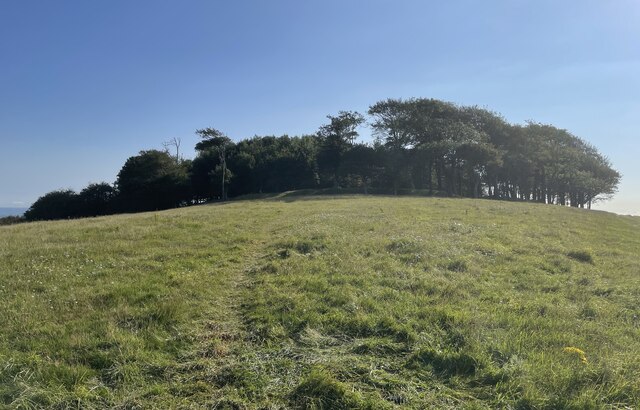
Chalkpit Wood is located at Grid Ref: TQ1411 (Lat: 50.895054, Lng: -0.37540167)
Administrative County: West Sussex
District: Horsham
Police Authority: Sussex
What 3 Words
///passes.jolly.universal. Near Washington, West Sussex
Nearby Locations
Related Wikis
Chanctonbury Hill
Chanctonbury Hill is an 82.7-hectare (204-acre) biological Site of Special Scientific Interest west of Steyning in West Sussex. Part of it is Chanctonbury...
Chanctonbury Ring
Chanctonbury Ring is a prehistoric hill fort atop Chanctonbury Hill on the South Downs, on the border of the civil parishes of Washington and Wiston in...
Wiston House
Wiston House is a 16th-century Grade I listed building set in the South Downs National Park on the south coast of England, surrounded by over 6,000 acres...
South Downs National Park
The South Downs National Park is England's newest national park, designated on 31 March 2010. The park, covering an area of 1,627 square kilometres (628...
All Saints Church, Buncton
All Saints Church is an Anglican church in the hamlet of Buncton in the district of Horsham, one of seven local government districts in the English county...
Buncton
Buncton () is a small village in the Horsham District of West Sussex, England, part of the civil parish of Wiston 0.5 miles (0.80 km) north. It lies to...
Washington, West Sussex
Washington is a village and civil parish in the Horsham District of West Sussex, England. It is located five miles (eight kilometres) west of Steyning...
Wiston, West Sussex
Wiston is a scattered village and civil parish in the Horsham District of West Sussex, England. It lies on the A283 road 2.8 miles (4.5 km) northwest of...
Nearby Amenities
Located within 500m of 50.895054,-0.37540167Have you been to Chalkpit Wood?
Leave your review of Chalkpit Wood below (or comments, questions and feedback).
